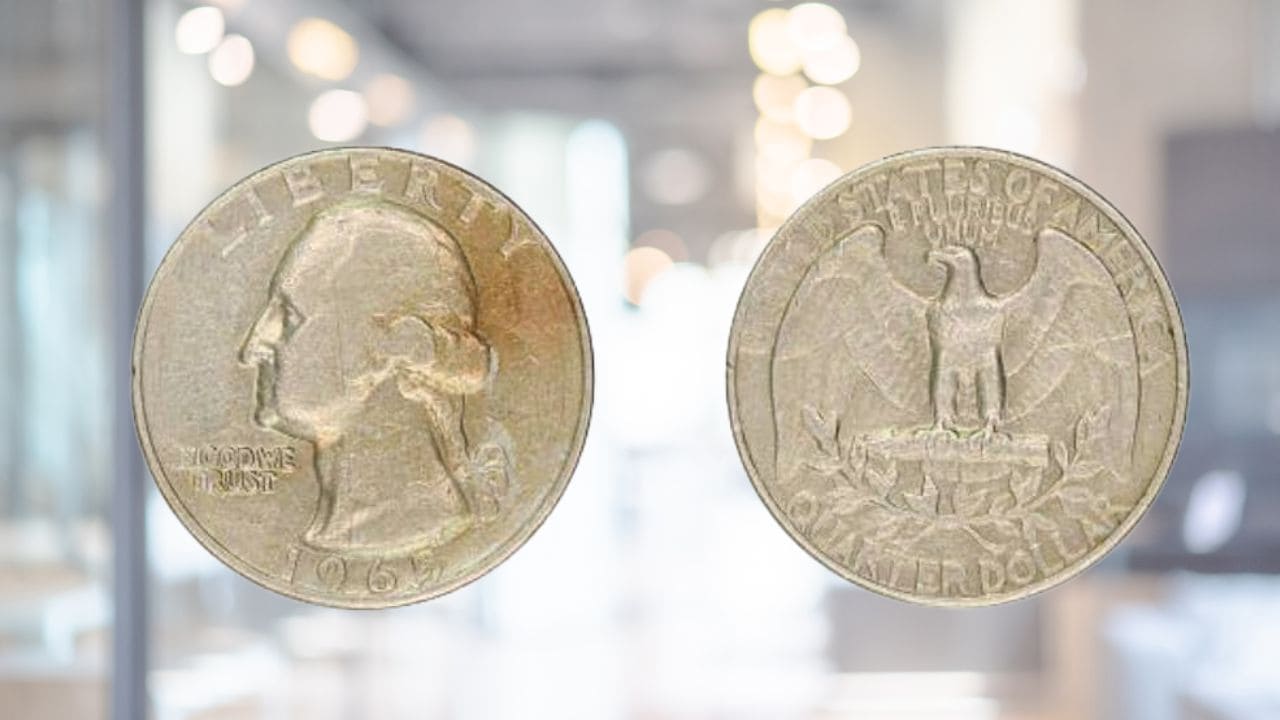Coin collecting has become an increasingly popular hobby in the United States, with thousands of enthusiasts searching for unique pieces that hold unexpected value. One of the most sought-after coins is the 1962 Washington quarter, a seemingly ordinary 25-cent piece that, in rare cases, can fetch more than $18,000 at auction.
This extraordinary value stems from a minting error that occurred during a material transition in the 1960s. While these rare quarters are scarce, finding one in good condition could mean a significant financial windfall for collectors.
The Origin of the Washington Quarter
The Washington quarter was first introduced in 1932 as a commemorative piece celebrating the 200th anniversary of George Washington’s birth. Designed by sculptor John Flanagan, the coin features a profile of Washington on the obverse, accompanied by the inscription “In God We Trust” and the year of minting. On the reverse, an eagle with outstretched wings is depicted, clutching olive branches, along with the phrases “United States of America” and “E Pluribus Unum”.
Initially, these quarters were made of 90% silver, but due to rising silver prices, the U.S. government transitioned to a copper-nickel alloy in 1965. However, during this shift, some silver planchets (coin blanks) were mistakenly used in the minting process, resulting in a small number of 1962 quarters being produced with silver instead of the new alloy. These rare minting errors are what make them so valuable today.
Why Is This 1962 Quarter Worth Over $18,000?
According to the United States Gold Bureau, during the material transition in the mid-1960s, some silver coin blanks unintentionally made their way into the minting presses. This mistake resulted in the accidental creation of silver Washington quarters, making them highly desirable among collectors.
The value of these quarters depends on their condition and rarity, but at auctions, these error coins have been sold for more than $18,000. Experts recommend carefully examining older quarters—especially those from 1962—since they may have been struck on silver planchets rather than the standard copper-nickel alloy.
If you have old coins in your collection, you could be sitting on a hidden treasure without even knowing it. Coin experts advise collectors to verify their coins’ composition and authenticity before selling, as the numismatic market continues to thrive, and demand for rare minting errors remains high.








